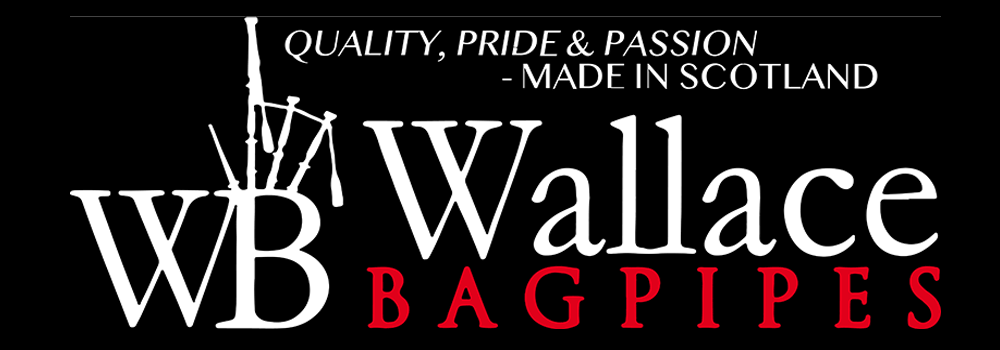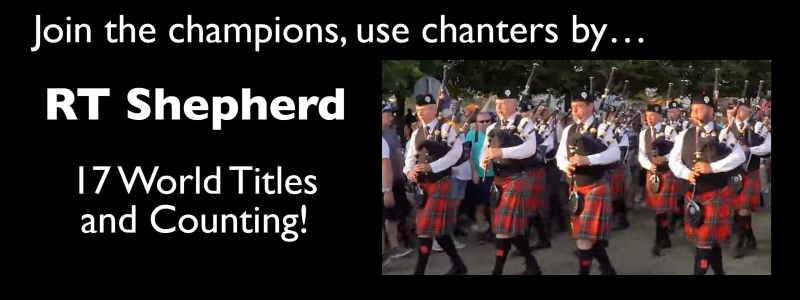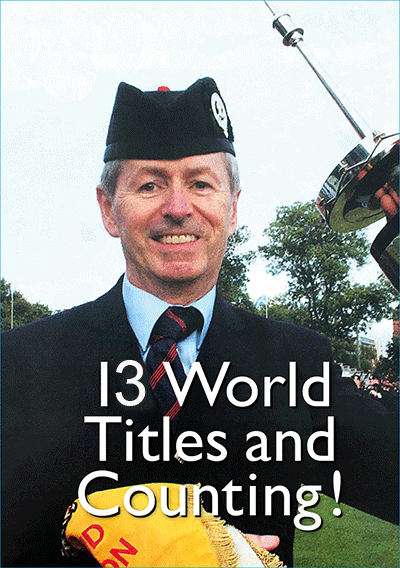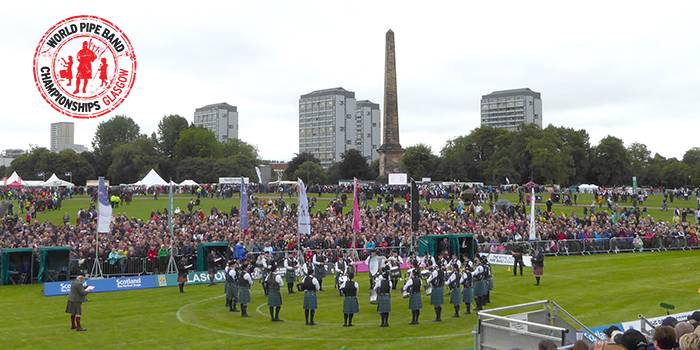
The adjudicator placings across the four Grade 1 competitions were in the main consistent, apart from some wide differences between drumming and ensemble in the Saturday MSR competition. I would have expected these placings to have been closer as both adjudicator disciplines should be considering, among other aspects, the influence of the drumming on the piping.
The consistency of piping results has improved markedly since the start of the 2019 outdoor season. This suggests that the opportunity to discuss after each performance is being utilised more. It should be borne in mind, however, that two piping adjudicators were introduced by the RSPBA for Major Championships originally in an effort to achieve a balance of views rather than a consensus. Closer analysis of the Grade 1 results and the results in other grades produced some other interesting facts:
By Alistair Aitken OBE former RSPBA Adjudicator
By amalgamating the results across the four Friday/Saturday competitions, Inveraray & District and Field Marshal Montgomery were 1st equal for piping; FMM were 1st for ensemble with Inveraray 3rd; and Inveraray were 2nd for drumming with FMM 5th equal. Did that mean that one or more of the drumming adjudicators were focusing on technical aspects as opposed to the musical influence of the drumming? Were one or more of the ensemble adjudicators influenced by the piping rather than the drumming? Some would argue that the band with the best ensemble should be the winner as it is a pipe band competition!
[wds id=”2″]St Laurence O’Toole won the drumming overall but over the four competitions were 4th in piping and 4th in ensemble. The two adjudicators who awarded SLoT the highest placings for ensemble were both pipers. The two ensemble adjudicators who were drummers awarded SLoT 5th and 6th placings respectively. Were they more influenced by the snare drum sound?
When I was a member of the former RSPBA Adjudicator’ Training Group, one of our approximate benchmarks we used in considering adjudication anomalies was how the ensemble placings related to the final result of the competition (bearing in mind that it is a collective ‘pipe band’ competition).
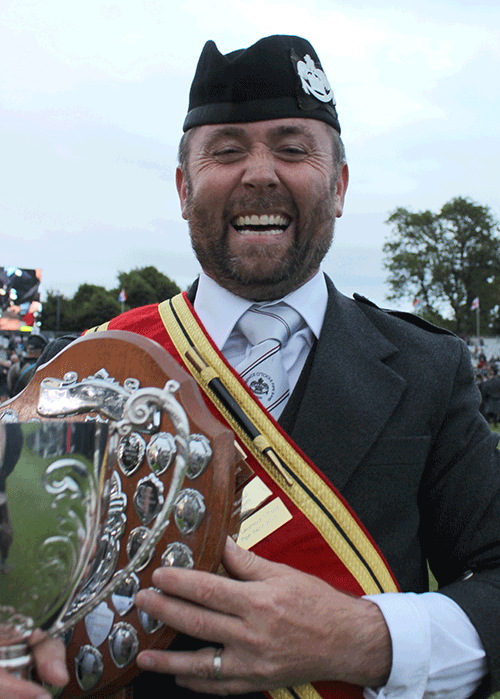
Out of 18 separate competitions across the grades at the WPBC, in only two cases were the ensemble adjudicator placings exactly the same as the first six placings of the final results – the Grade 2 Qualifier 1 and Novice Juvenile B (the latter arguably being the most difficult grade to judge accurately in an ensemble context).
There were some anomalies between drumming and ensemble in other grades. One example, but not the only one, was in Grade 3A with 3rd and 2nd for piping, 15th for drumming and 3rd for ensemble. Had the band been no lower than 7th from drumming (as might have been expected with a 3rd place for ensemble) it would have won the contest.
I do not wish to disrespect any of the adjudicators as I know from personal experience how difficult their task is and I have no doubt that they all had good reasons for their placings. My question is about the parameters they were using. Do some of the drumming adjudicators tend to focus on technical aspects at the expense of interpretation and musical influence? Are some ensemble adjudicators unconsciously biased towards their own particular instrument?
I am conscious that again there are different views, but in training RSPBA adjudicators we always encouraged drumming adjudicators to walk round the circle at some point during each band performance to listen to the drumming coming through the pipes. If you stand behind the drummers for the whole performance you only hear the piping coming through the drumming, which gives a significantly different impression of the band balance and the musical influence of the drum corps.
In the Grade 1 competition at the Worlds this year only one drumming adjudicator came right round the band circle to listen to the drumming projecting through the piping, another came halfway round (where you can still hear the drumming effect on the piping better), but the others remained positioned primarily behind the drum corps.
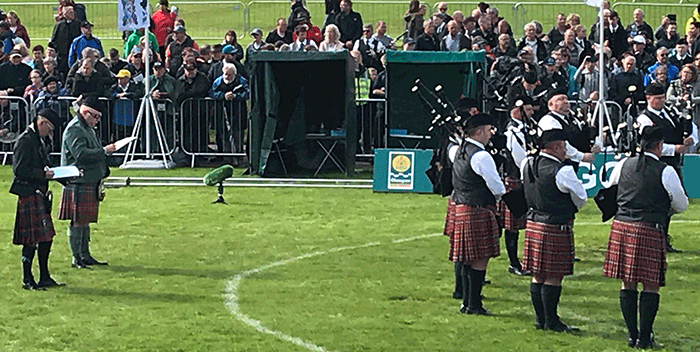
Similarly I always found it more beneficial as an ensemble adjudicator to be positioned standing well back at the head of the band circle, but able to move around in that area to a limited extent. If you move around the band circle, as some adjudicators do, the sound projection gradually changes the closer you get to the drummers, even more so when tenor drummers are positioned in different ways (i.e. as part of the circle, within the circle, facing the snare drummers or facing the pipers). In my view moving around the circle makes it difficult to assess all the performances consistently.
Positioned at the head of the band circle you hear all the performances in the same way with the combined effect of the drumming coming through the pipes more accurately and consistently. As stated earlier my preference, however, would be to have all four adjudicators seated on a raised platform at the head of the circle so that all are hearing the same sound projection. That would work for either the circle formation or a half-circle orchestra format but there seems to be a reluctance to try that even as a pilot project.

Two-Day Format
There is no doubt that the format adopted this year presented a major challenge to all the bands. Some will argue that in fairness it allowed all the Grade 1 bands the same opportunity and that the marathon produced the best bands in the top placings, as it undoubtedly did. Others will argue that it presented too much of a challenge for some of the bands; the possibility of changeable weather conditions could be detrimental to instruments and uniforms; and that the Friday resulted in additional organisation, more expenditure and less atmosphere due to fewer spectators.
The same opportunity for the Grade 1 bands to compete without qualifiers could have been achieved by allowing them to play one MSR and one medley on the Saturday only. It could have been made more of a challenge by drawing on the start line the MSR and medley to be played as has been done in the past. Had the contest this year been based only on the Saturday results it is interesting that the same two bands would have been first and second.
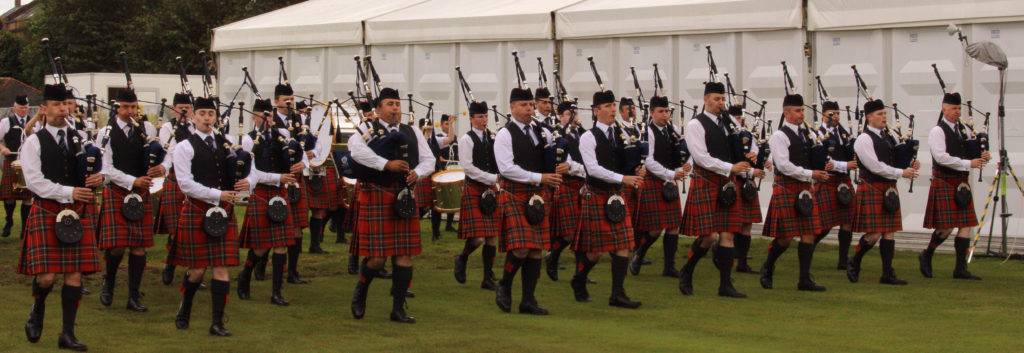
In reality, however, the format was possible this year because there were only 15 entries, as many people have no desire to return to the days when there were up to 27 Grade 1 bands in a contest with no qualifiers. What will be determined for the future will no doubt depend on the number of Grade 1 band entries. If these exceed any more than about 20 it seems likely that there would be a return to qualifiers, unless of course Grade 1 was to be divided into two separate categories.
Many people will recall, however, that the question of a Premier grade has also been debated in the past and rejected. The pipe band community is never short of politics and different views, so no doubt the debate will continue over the autumn and winter months before a decision is reached on the future approach. What will be important is that this debate is transparent and that the bands themselves have the opportunity to present their views.
[wds id=”8″]



